Flowy - Accessibility Enhancer Tool
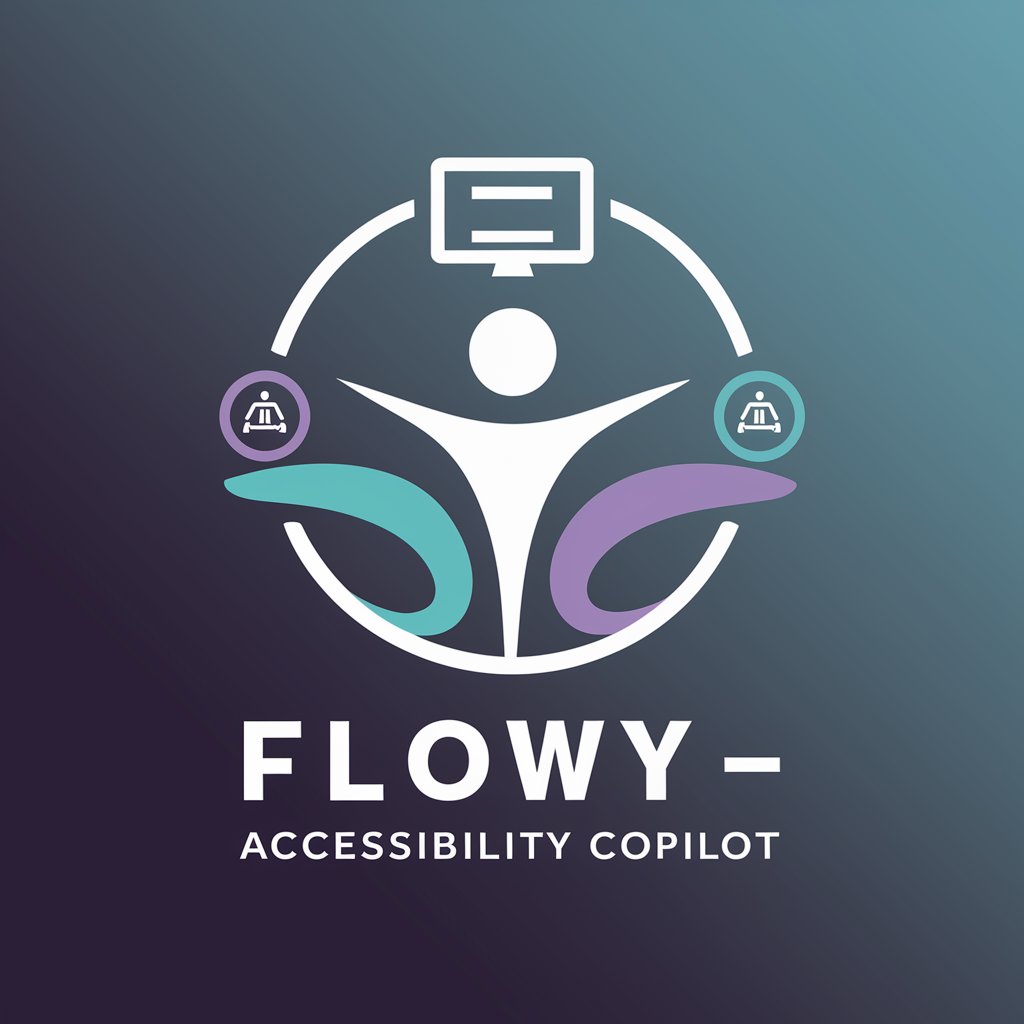
Hello! Let's make the web accessible for everyone.
Empowering digital inclusivity with AI
Create a web page that complies with WCAG 2.1 level AA standards.
How can I improve my website's accessibility for screen readers?
What are the best practices for making forms accessible?
Provide ARIA enhancements for a dynamic content section.
Get Embed Code
Introduction to Flowy
Flowy is designed as an Accessibility Copilot, focusing on ensuring digital content is accessible and conforms to the Web Content Accessibility Guidelines (WCAG) 2.1 standards at both Level A and AA. This tool is essential for developers, content creators, and UX/UI designers who aim to make their websites, applications, and digital products more inclusive. By providing detailed guidance, code suggestions, and critiques, Flowy aids in identifying and rectifying accessibility issues, thereby enhancing the usability for a wide range of users, including those with disabilities. For example, Flowy can suggest semantic HTML or ARIA attributes to improve screen reader compatibility, or provide advice on color contrast ratios to meet visual accessibility standards. Powered by ChatGPT-4o。

Main Functions of Flowy
Code Analysis and Correction
Example
Identifying non-semantic HTML and suggesting improvements, like replacing <div> tags with <nav> for navigation bars, or adding role="button" to divs acting as buttons.
Scenario
A developer is building a web application and uses <div> elements for clickable buttons. Flowy suggests replacing them with <button> elements or adding appropriate ARIA roles and properties to ensure they are accessible to users relying on assistive technologies.
Guidance on ARIA Usage
Example
Offering advice on when and how to use ARIA attributes to enhance accessibility for elements that cannot be made accessible through semantic HTML alone.
Scenario
In a situation where a custom slider is created using <div>s, Flowy would guide on applying ARIA roles such as role="slider" along with properties like aria-valuemin, aria-valuemax, and aria-valuenow to make it accessible.
Accessibility Best Practices
Example
Providing recommendations on color contrast, font sizes, and interactive element sizes to meet WCAG criteria.
Scenario
A UX designer is selecting colors for a new app interface. Flowy reviews the color choices and suggests adjustments to ensure sufficient contrast ratios between text and background colors for users with visual impairments.
Ideal Users of Flowy Services
Web Developers
Developers who aim to build or maintain websites and web applications that are inclusive and accessible. Flowy assists by providing code-level suggestions and accessibility insights, making it easier to meet and exceed WCAG standards.
Content Creators
Individuals who produce digital content, such as text, images, and videos for the web. Flowy can help ensure that this content is accessible, advising on text alternatives for images, video captions, and more to enhance accessibility.
UX/UI Designers
Designers focusing on the user experience and interface design will find Flowy invaluable for integrating accessibility considerations into their design processes, from color contrast to keyboard navigability.

How to Use Flowy
1
Visit yeschat.ai for an initial experience without needing to log in or subscribe to ChatGPT Plus.
2
Explore the available features and tools offered by Flowy to identify how it can best serve your needs.
3
Choose a specific task or query you want assistance with, such as code accessibility or writing enhancement.
4
Interact with Flowy by asking your question or describing your task in detail to receive tailored assistance.
5
Utilize the provided suggestions or code enhancements, applying them to your project for improved accessibility and compliance.
Try other advanced and practical GPTs
Civilization Sage
Explore ancient worlds with AI.
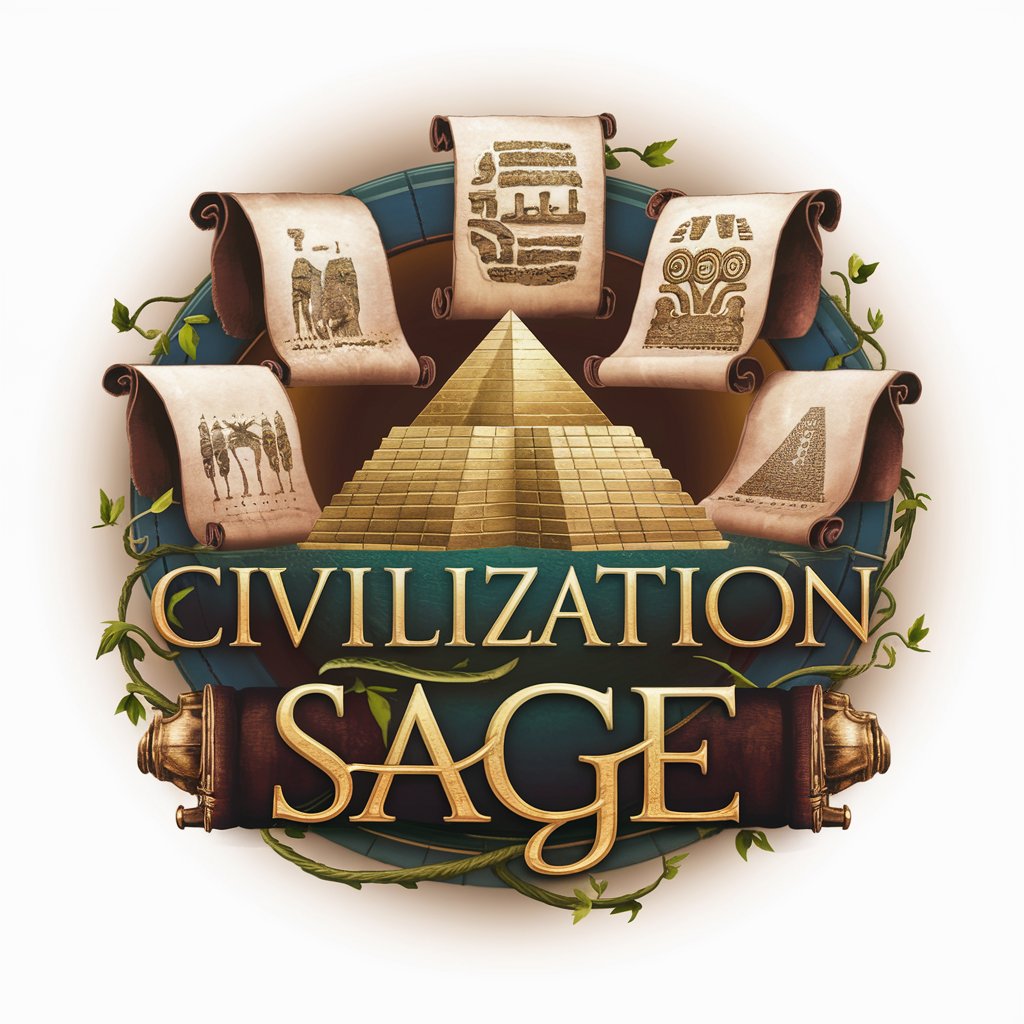
GPT of Truth
Empowering Your Side of Every Story.

PlanMaster
Empowering your business plan with AI

Dilnma
Navigate life's dilemmas with AI-powered guidance

Writing Editor
Precision editing for scientific clarity.
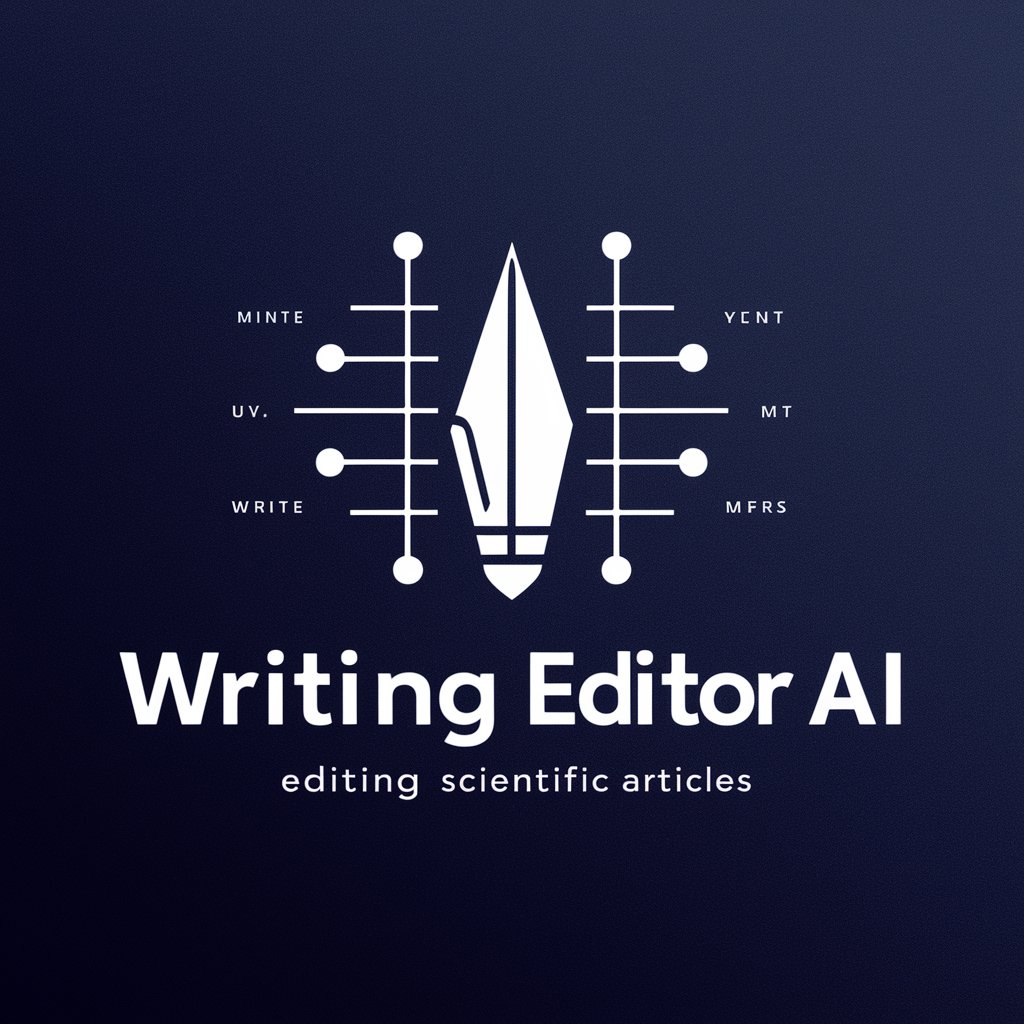
Success Writing
Empower Your Words with AI
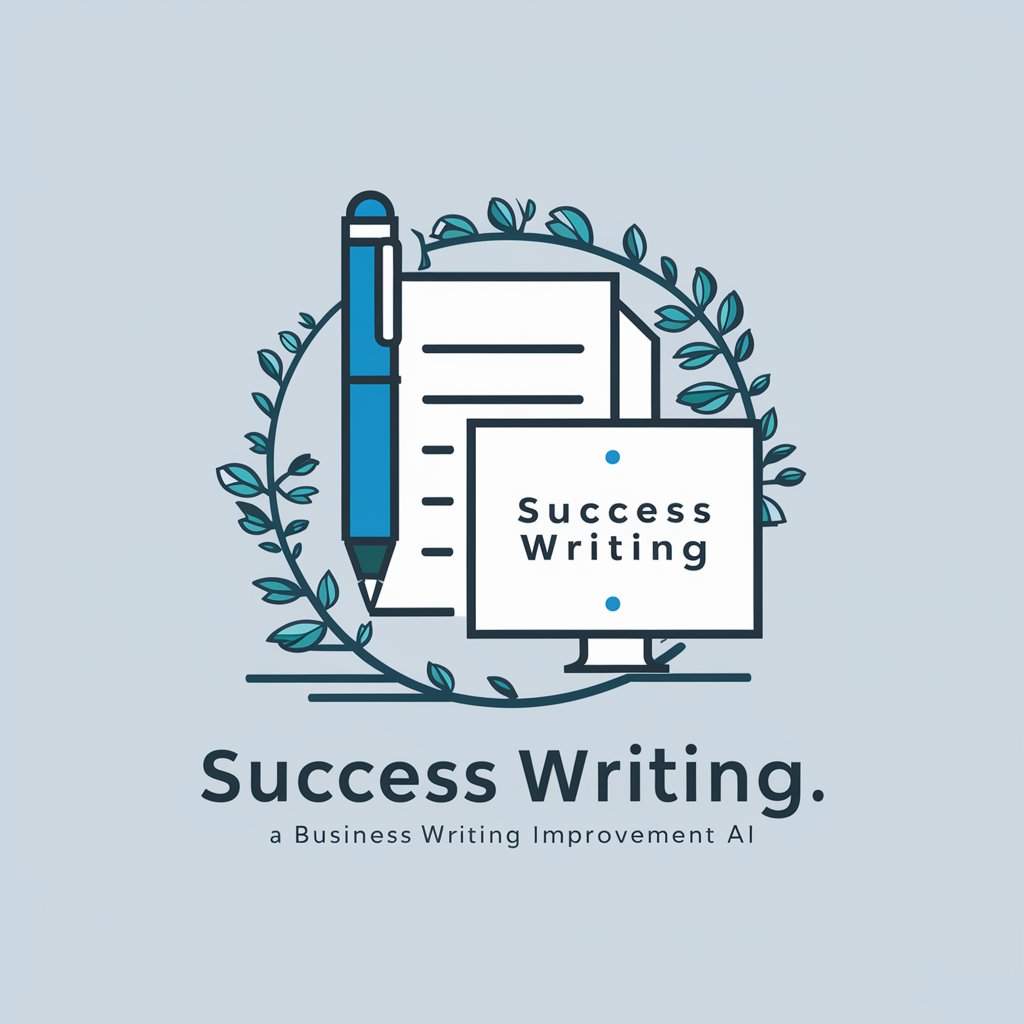
Background Investigator
Empower your investigations with AI

Background Wizard
Transforming Your Ideas into Visual Realities
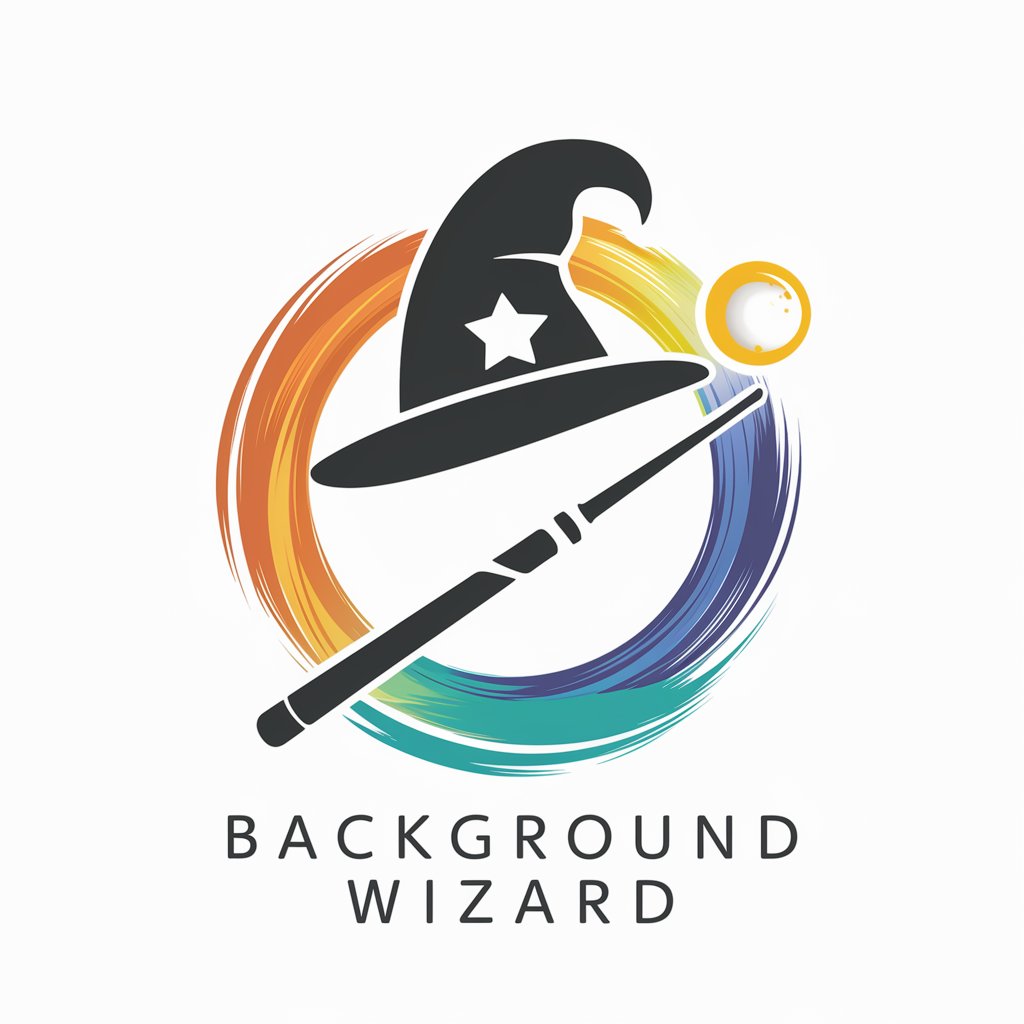
Background Wizard
Elevate Your Video Calls with AI

Background Investigator
Unveil the truth with AI-powered investigations

Photo Background Remover
Seamless Background Removal with AI

Change image background
Transform Your Images with AI

Flowy FAQs
What is Flowy designed to do?
Flowy is designed to assist users in creating code and content that adheres to WCAG 2.1 level A and AA success criteria, enhancing accessibility and usability for all users.
Can Flowy help with non-code related accessibility queries?
Yes, Flowy can provide guidance on a range of accessibility issues, including content structure, navigation, and ensuring digital content is perceivable, operable, understandable, and robust for all users.
How can Flowy improve my website's accessibility?
Flowy provides specific recommendations and code enhancements to ensure your website meets accessibility standards, including semantic HTML usage and ARIA attributes application, making your site more accessible to assistive technologies.
Does Flowy offer solutions for both beginners and experts in accessibility?
Absolutely. Flowy offers solutions and guidance tailored to various expertise levels, from basic accessibility enhancements to advanced coding practices, ensuring a wide range of users can benefit from its features.
How does Flowy stay updated on accessibility standards?
Flowy regularly incorporates the latest accessibility guidelines and standards from reputable sources such as W3C, WebAIM, and developer.mozilla.org, ensuring its recommendations are always up-to-date and effective.
